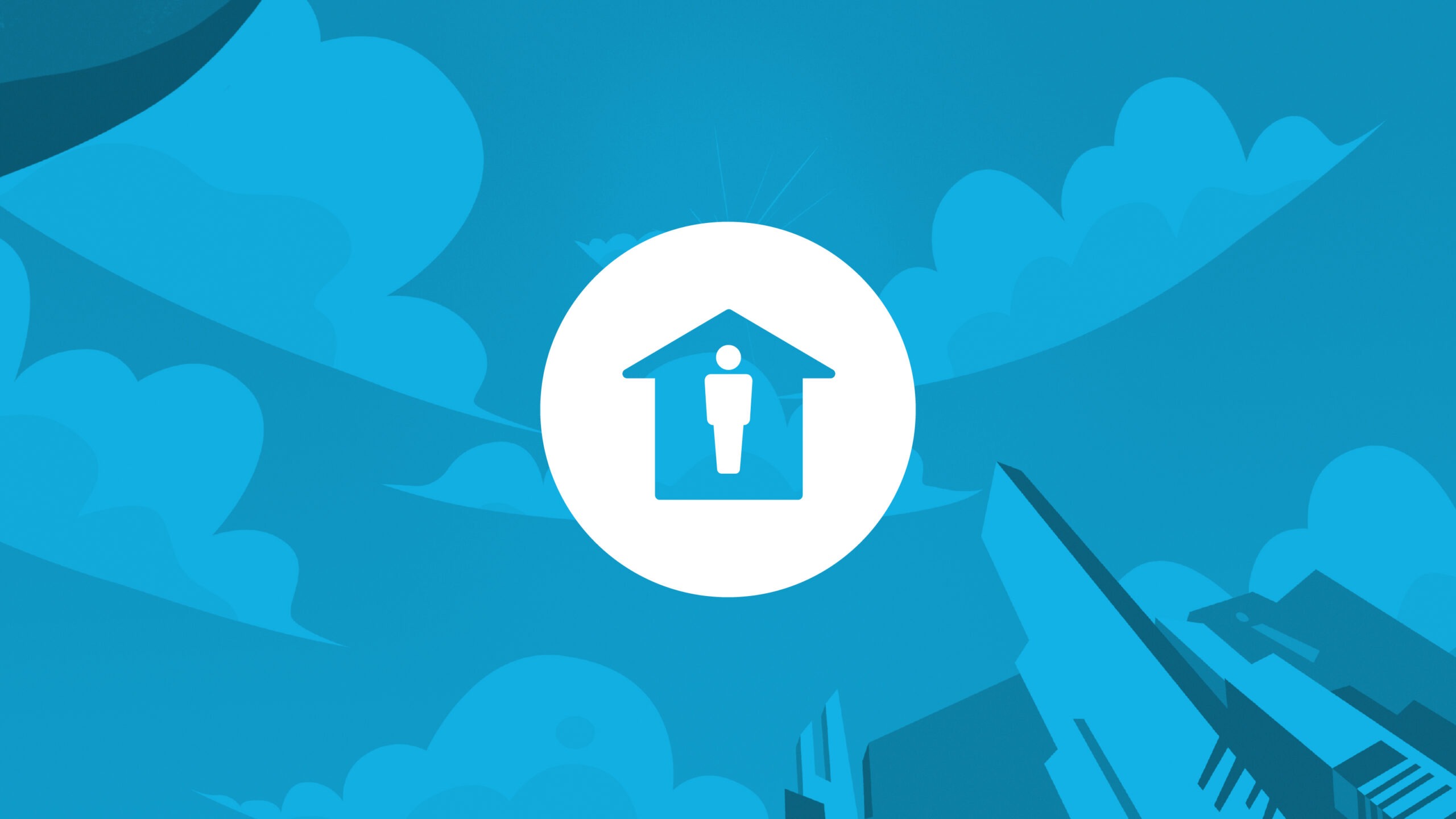Homelessness is a complex, life-threatening problem. It can be solved — but only if systems are designed to continually reduce and end it.
Homelessness is a result of vulnerable populations colliding with broken systems. Cities and counties are demonstrating that these systems can be fixed, and homelessness can be solved.
Communities across the country have achieved a milestone for ending homelessness known as functional zero — simply put, this goal is to equip local support systems to always have a place for everyone at risk. Imagine a bucket with a drain spout on the bottom. Water from a faucet fills the bucket, and the drain allows the water to flow out. If the water enters too fast without draining quickly enough, the bucket overflows. If too much drains out too fast, the bucket runs empty. The goal is to keep a steady level — not too full, not too empty. That’s the same concept as functional zero — it’s a milestone that means that fewer people are experiencing homelessness than are exiting homelessness at any given time.
When communities work together, they can manage the flow of individuals and families needing housing at any time because they have adequate pathways to housing and support. Right now, fifteen communities around the country have achieved functional zero for at least one group of people. Thirty-nine communities working with our Built for Zero model have made a measurable reduction, which means their work is actually ensuring fewer people experience homelessness.
Communities are shifting from responding to homelessness to ending it. That is a story of hope and promise.
And while homelessness disproportionately and deeply damages the health of our cities and their citizens, we must remember that less than 1% of any city’s population is experiencing homelessness at any time. This work is about coming together to take care of our friends and neighbors most in need.
That’s what these cities and counties are proving — it’s possible to close the gap to zero and leave no one behind. However, we must look at the problem differently. We must help teams work together to share responsibility and resources. By harnessing data and collaboration, communities are proving it is possible to build systems that can reduce and continuously end homelessness.
We need systems built to end homelessness, not just manage it.
In many cases, communities are set up to manage homelessness, but not to end it for everyone who is experiencing it. Communities are proving that they can only end homelessness if they have systems and investments are realigned around getting to zero.
This fundamental shift begins with five changes:
Homelessness Policy Recommendations
Four recommendations that would scale the impact of the progress we are seeing in communities







